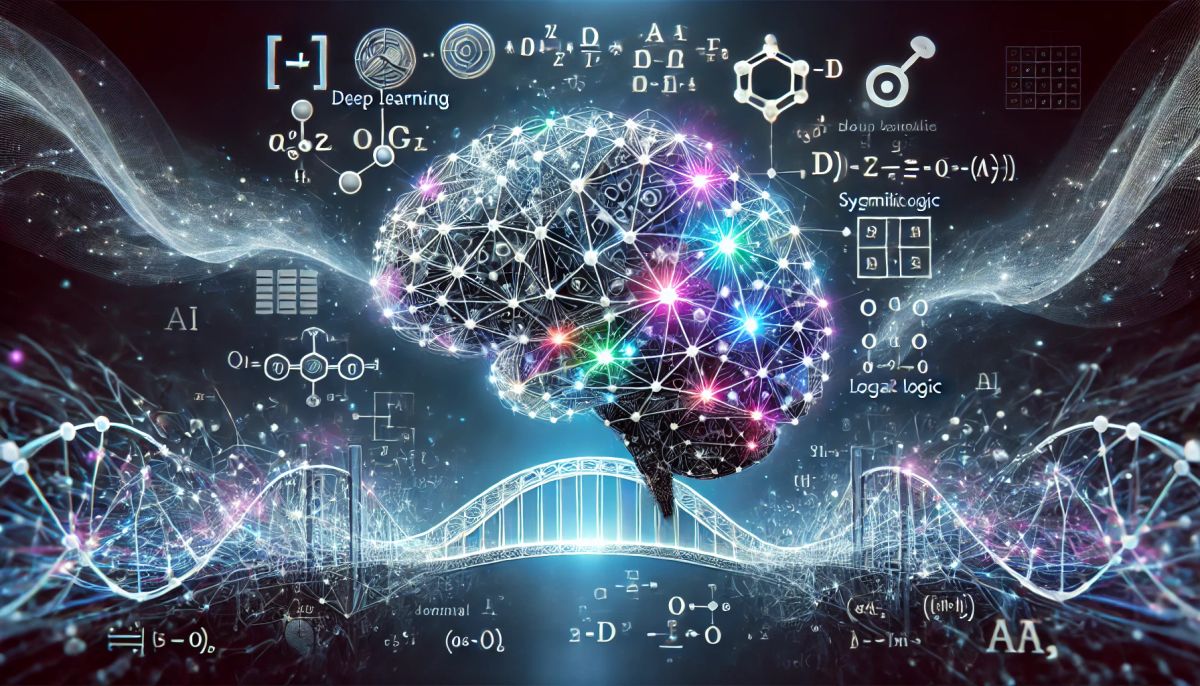In the rapidly evolving field of artificial intelligence, researchers are constantly seeking innovative ways to enhance machine learning capabilities. One exciting frontier that has emerged is neurosymbolic learning, which aims to combine the power of deep learning with the precision of symbolic reasoning. Recent groundbreaking research introduces a novel approach to this field, offering a rigorous, mathematically verified solution to some of the challenges in implementing neurosymbolic systems.
The Promise of Neurosymbolic Learning
Neurosymbolic learning presents an enticing prospect: the ability to infuse neural networks with domain-specific knowledge encoded in symbolic form. This approach could potentially overcome some of the limitations of pure deep learning systems, such as their need for vast amounts of training data and their occasional unpredictability.
However, implementing neurosymbolic systems comes with its own set of challenges. One of the most significant is the risk of errors when translating symbolic knowledge into a form that neural networks can use. This is where recent research shines, offering a rigorous, mathematically verified solution to this problem.
A Formally Verified Approach
The key innovation in this research is the use of formal verification techniques to ensure the correctness of the symbolic reasoning component. Researchers employed Isabelle/HOL, a powerful theorem prover, to formally specify and verify both the syntax and semantics of their logical language.
Linear Temporal Logic on Finite Traces (LTLf)
At the heart of this approach is Linear Temporal Logic on Finite Traces (LTLf). This logical formalism allows for the specification of constraints that can be evaluated over finite sequences of states, making it ideal for many real-world applications where we deal with finite data streams.
Tensor-Based Semantics
The researchers developed a novel interpretation of LTLf semantics over tensors. This is a crucial innovation, as tensors are the fundamental data structures used in most deep learning frameworks. By bridging the gap between formal logic and tensor operations, they've created a system that can seamlessly integrate with popular deep learning tools like PyTorch.
The Isabelle/HOL to PyTorch Pipeline
One of the most impressive aspects of this work is the end-to-end pipeline developed. This pipeline takes formally verified specifications written in Isabelle/HOL and automatically generates executable code that can be integrated into PyTorch-based neural networks.
This approach offers several key benefits:
- Guaranteed Correctness: The generated code inherits the formal correctness properties of the Isabelle/HOL specification.
- Elimination of Manual Coding Errors: By automating the code generation process, the risk of introducing bugs during manual implementation is greatly reduced.
- Efficiency: The generated code is optimized for tensor operations, ensuring good performance in deep learning applications.
Practical Applications: Motion Planning Experiments
To demonstrate the practical utility of this approach, researchers applied their system to a series of motion planning experiments. In these experiments, they trained neural networks to plan complex paths that satisfied various criteria expressible in LTLf.
These experiments serve as a proof-of-concept, showing that the formally verified, tensor-based LTLf constraints can effectively guide the learning process of neural networks. The networks were able to learn to generate trajectories that satisfied complex logical constraints, showcasing the power of this neurosymbolic approach.
Key Contributions and Implications
This research makes several significant contributions to the field of neurosymbolic learning:
- Formalised LTLf Semantics: The research provides a rigorous, formally verified semantics for LTLf over tensors.
- Differentiable Loss Function: A formally specified, differentiable loss function that is provably sound with respect to the LTLf semantics has been developed.
- Verified Derivative: The derivative of the loss function is also formally verified, ensuring its correctness for gradient-based learning.
- Automatic Code Generation: The system can automatically generate reusable code for constrained, neural learning processes using LTLf.
- Practical Demonstration: Through trajectory planning experiments, the research has shown the real-world applicability of this approach.
The Future of Neurosymbolic Learning
This research opens up exciting possibilities for the future of AI. By providing a rigorous framework for integrating symbolic reasoning with neural learning, it paves the way for more robust, interpretable, and trustworthy AI systems.
Some potential future developments could include:
- Extending the approach to other logical formalisms beyond LTLf
- Applying the technique to a wider range of problem domains
- Investigating how this approach could enhance the explainability of AI systems
Conclusion
This significant step forward in the field of neurosymbolic learning represents a powerful new tool for developing AI systems that can reason about complex, time-dependent constraints. By bridging the gap between formal logic and deep learning, researchers have created an approach that combines the strengths of different paradigms.
As we continue to push the boundaries of AI, approaches like this that merge symbolic reasoning with neural learning will likely play an increasingly important role. The future of AI may well be neurosymbolic, and this research gives us a glimpse of what that future might look like.
